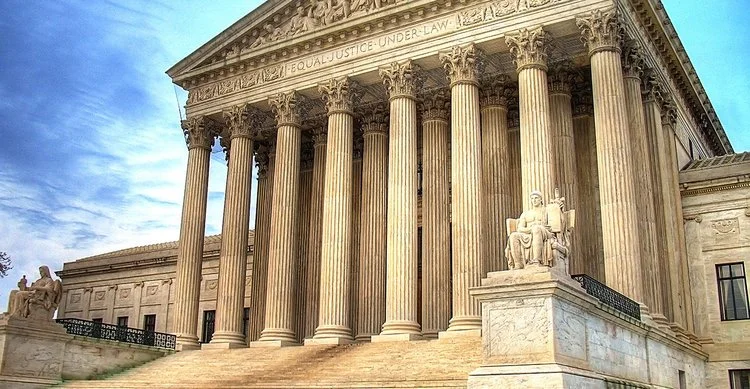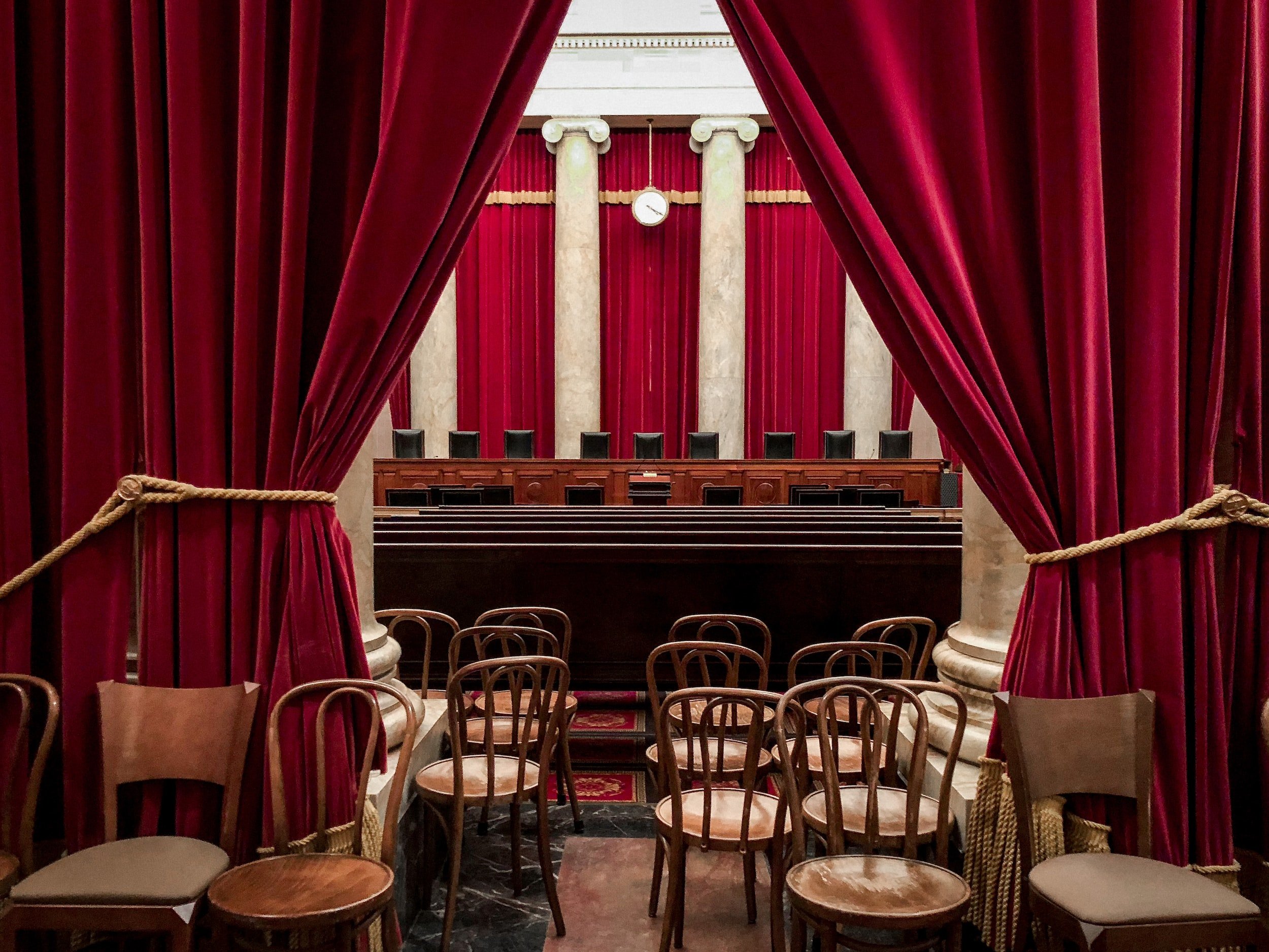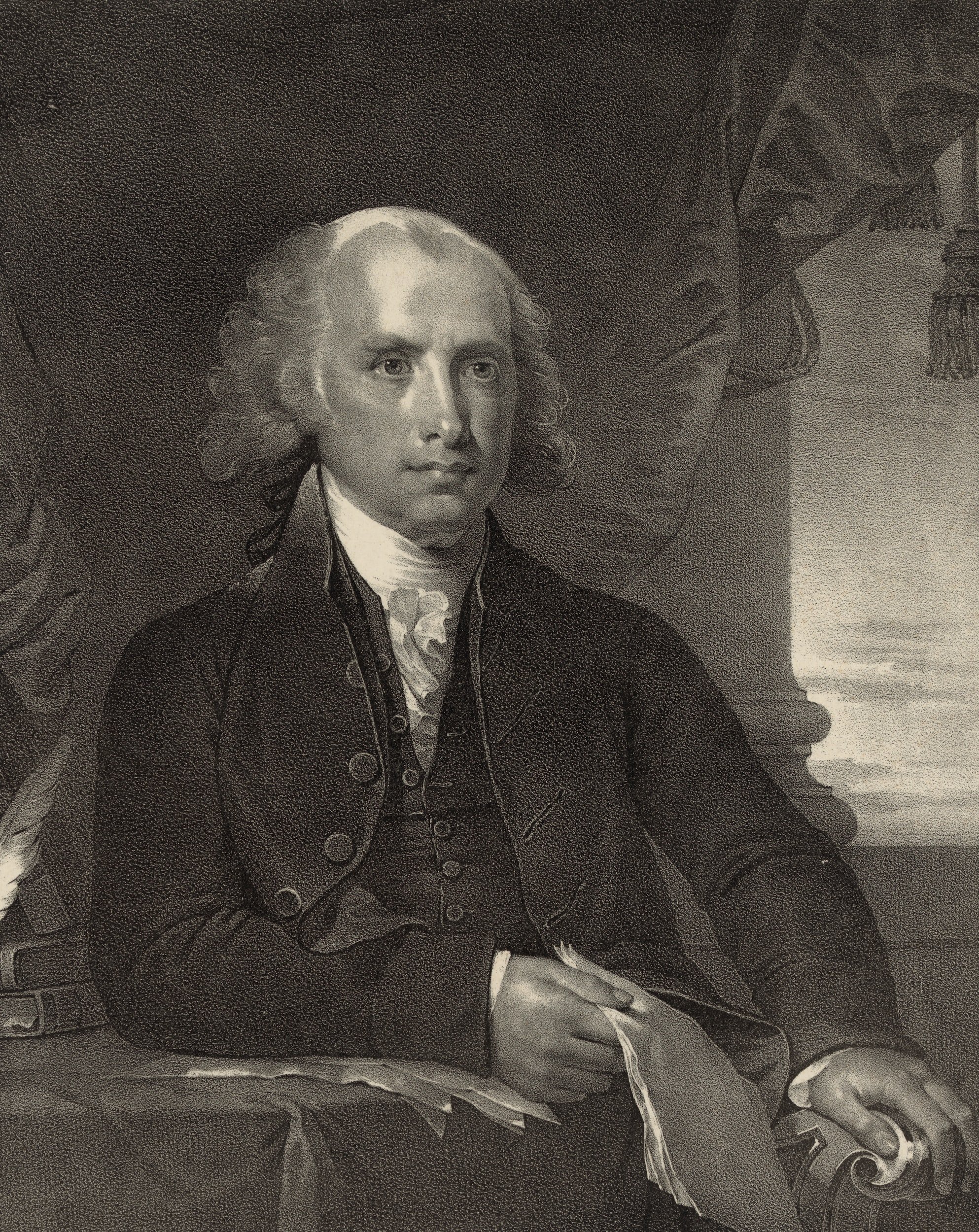Landmark Court Cases Inquiry
Each case comes with tons of visuals, videos, and information so students can learn about its constitutional connection, key facts, constitutional questions, holding, impact of case, connection to other cases, and critical questions. Each case includes a lesson, graphic organizer, and a completed rubric for teachers.
CLICK ON THE THUMBNAIL BELOW TO LEARN ABOUT EACH OF THE 14 LANDMARK SUPREME COURT CASES
Landmark Cases Rubric
Complete this graphic organizer for each case of the fourteen required landmark Supreme Court Cases.
Rank the Landmark Cases
They’re all important (that’s why we call them landmark cases), but which ones stand out at the tip top of all court cases?
Constitutional Connection
What’s the constitutional connection to each case?
Constitutional Speculation
Imagine the current Supreme Court reheard the 14 landmark cases. How would they rule, and why?
Landmark Court Case Project
Use our engaging Landmark Case project to make your court case knowledge stick
Interactive Court Cases Timeline
All the landmark Supreme Court cases in a row with essential knowledge and links.
Marbury v. Madison (1803)
Constitutional Connection
Judicial Review
The best-known power of the Supreme Court is judicial review, or the ability of the Court to declare a Legislative or Executive act in violation of the Constitution, is not found within the text of the Constitution itself. Article III, Section 2 of the U.S. Constitution sets up the Supreme Court. Article I, Secton 8 of the Constitution gives Congress the power to create the federal judiciary, which they did by passing the 1789 Judiciary Act. The Court used these constitutional foundations to establish the doctrine of judicial review in the case of Marbury v. Madison (1803).
Key Facts
At the end of President John Adams’ term, his Secretary of State failed to deliver documents commissioning William Marbury as Justice of the Peace in the District of Columbia. Once President Thomas Jefferson was sworn in, in order to keep members of the opposing political party from taking office, he told James Madison, his Secretary of State, to not deliver the documents to Marbury. Marbury then sued James Madison asking the Supreme Court to issue a writ requiring him to deliver the documents necessary to officially make Marbury Justice of the Peace. The Marbury v. Madison decision resulted in establishment of the concept of judicial review. On February 10, 1803, Marbury's attorneys argued the case. Neither Madison nor an attorney representing him was in court. Madison had never even acknowledged the order to show cause. Shortly after the argument, Justice Samuel Chase became quite ill. To accommodate him in the winter weather, the Supreme Court began to hear arguments where the justices all lodged, Stelle's Hotel. On February 24, 1803, the justices gathered for four hours, while Chief Justice Marshall read the landmark Marbury decision. The case that made the U.S. Supreme Court one of the most powerful courts in the world was announced in the living room of a three-story hotel!
“The judicial Power shall extend to all Cases, in Law and Equity, arising under this Constitution, the Laws of the United States, and Treaties made, or which shall be made, under their Authority;—to all Cases affecting Ambassadors, other public Ministers and Consuls;—to all Cases of admiralty and maritime Jurisdiction;—to Controversies to which the United States shall be a Party. ”
Big Question
Does the Supreme Court have the right to judicial review - to review an act of Congress or of the executive branch and strike it down as unconstitutional?
Little questions
Do the plaintiffs have a right to receive their commissions?
Can they sue for their commissions in court?
Does the Supreme Court have the authority to order the delivery of their commissions?
“It is emphatically the province and duty of the judicial department to say what the law is. Those who apply the rule to particular cases, must of necessity expound and interpret that rule. If two laws conflict with each other, the courts must decide on the operation of each. ”
Holding
The Court found that Madison’s refusal to deliver the commission was illegal, but did not order Madison to hand over Marbury’s commission via writ of mandamus. Instead, the Court held that the provision of the Judiciary Act of 1789 enabling Marbury to bring his claim to the Supreme Court was itself unconstitutional, since it purported to extend the Court’s original jurisdiction beyond that which Article III, Section 2, established. Marshall expanded that a writ of mandamus was the proper way to seek a remedy, but concluded the Court could not issue it. Marshall reasoned that the Judiciary Act of 1789 conflicted with the Constitution. Congress did not have power to modify the Constitution through regular legislation because The Supremacy Clause places the Constitution before the laws. In so holding, Marshall established the principle of judicial review - the power to declare a law unconstitutional.
Impact of case
If it weren’t for Marbury v. Madison the Supreme Court would only be able to rule on the narrowest of issues as laid out in Article III of the Constitution. Thus, the judiciary would be unable to check the other branches, and declare acts of the legislative and executive branches unconstitutional. All the subsequent rulings of the Supreme Court are built on the precedent of Marbury v. Madison.
Connections
Marbury is the Sine qua non of Landmark Supreme Court cases. Without it, there would be no judicial review and thus no other landmark cases. This is the precedent upon which spring all of the other cases.
Critical Questions
Imagine life without a Supreme Court. Think about how different U.S. Checks & Balances sheet would be it there was no judicial review.
The Supreme Court is the keeper of the constitutional conscience. The Supreme Court alone, not the legislative or the Executive branch, gets to interpret the Constitution. Woodrow Wilson said that the Supreme Court was a “Constitutional Convention always in session.” Do you agree with Wilson’s claim?
John Marshall said that judges- not executives or legislators- get to interpret laws. “If two laws conflict with each other, the courts should interpret the Constitution.” What does this mean?
Claim: The Constitution itself does not give the judicial branch the power of judicial review. Court power has evolved since the ratification of the Constitution. John Marshall created the power of judicial review out of thin air and against the will of the Framers. Respond to this claim.
Is the judiciary, congress or the executive entitled to interpret the constitutionality of laws and executive actions?
Is the judicial review that stems from Marbury v Madison a good thing?
If you were John Marshall how would you have ruled in Marbury v Madison?
How would the U.S. political system be different without Marbury v Madison and without a Supreme Court with the power of judicial review?
Resources
Oyez - Marbury v. Madison
Crash Course Video - Judicial Review
More Perfect Podcast - Kittens Kick the Giggly Blue Robot - Warning: explicit language
National Archives - Marbury v. Madison Ruling
Get AP exam-ready with diagnostic tests, online review games, test review sheets, practice quizzes, full-length practice exam, and self-guided writing workshops. We'll make studying a breeze.





























